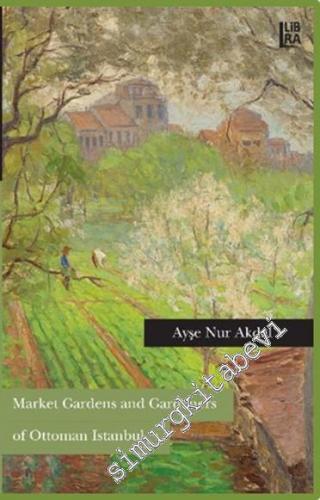
Based on archival material, the study describes the urban fabric, the labor structure, and migration with help of visualdata. Although the market gardens of Istanbul played an important role in the provisioning of the city, shaped its urban landscape, and provided job opportunities for migrant laborers, they have not received the attention they deserve in Ottoman studies. The foremost goal of the study is to comprehensively document and compile the rich multi-faceted historical data. Another aim is to test two assumptions in the literature on Ottoman history against the historical data, namely, that Istanbul was a “city of consumption,” and that there was essentially a fixed, ethno-religious division of labor in the Empire
Based on archival material, the study describes the urban fabric, the labor structure, and migration with help of visualdata. Although the market gardens of Istanbul played an important role in the provisioning of the city, shaped its urban landscape, and provided job opportunities for migrant laborers, they have not received the attention they deserve in Ottoman studies. The foremost goal of the study is to comprehensively document and compile the rich multi-faceted historical data. Another aim is to test two assumptions in the literature on Ottoman history against the historical data, namely, that Istanbul was a “city of consumption,” and that there was essentially a fixed, ethno-religious division of labor in the Empire





















